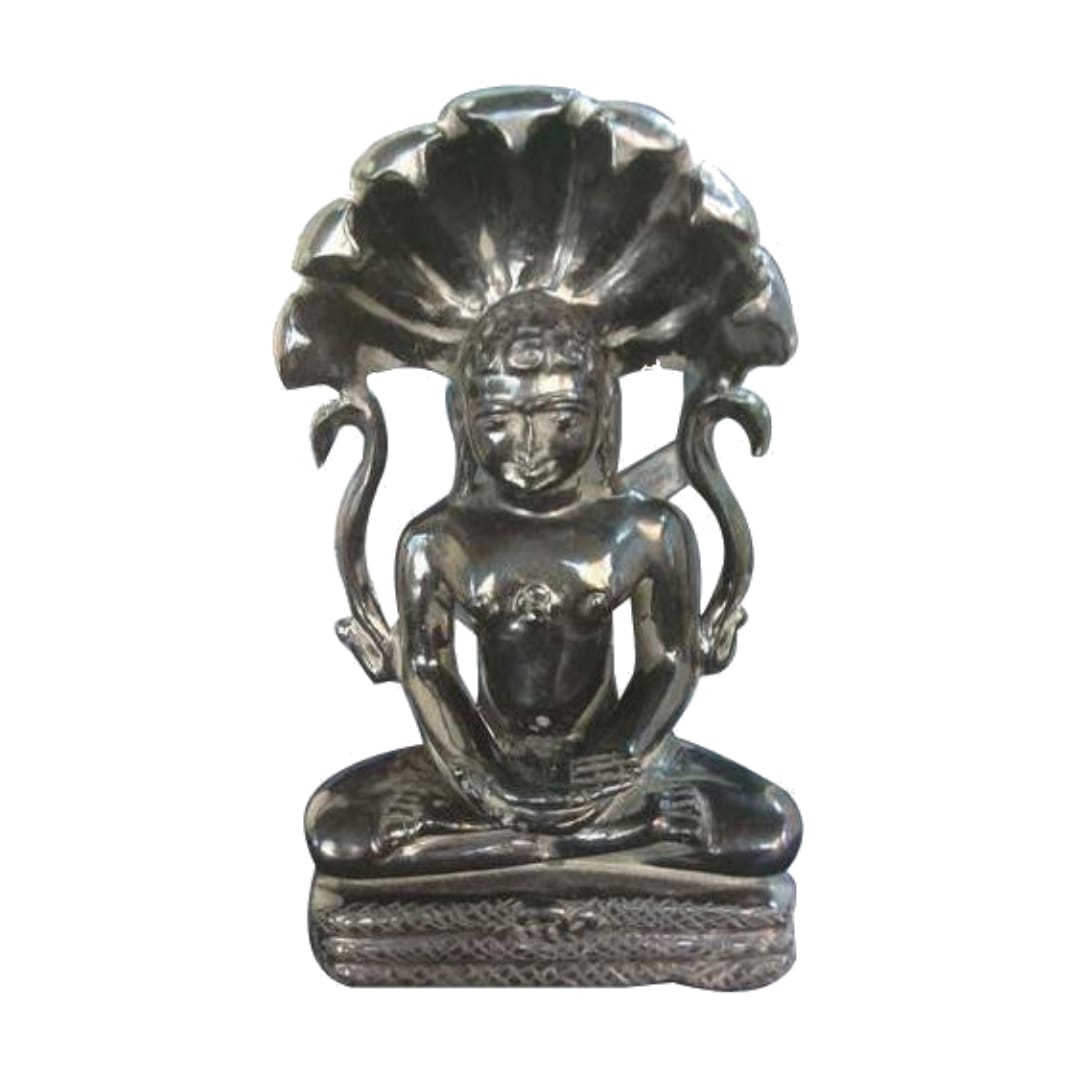online support
Q: What is more important in life to become a successful person or to become a contentful person
A: According to Jainism, the ultimate goal of life is not worldly success but inner peace, self-realization, and liberation (moksha). Jain teachings emphasize the importance of contentment (santosh) over material success. Worldly achievements are seen as temporary and may often lead to further desires ... Read More
Q: How to overcome depression
A: In Jainism, overcoming depression involves a combination of spiritual, ethical, and practical approaches rooted in its teachings:
1. Right Faith (Samyak Darshan): Cultivate the right perspective about life, understanding that both happiness and suffering are temporary. Realizing the impermanent nat...
Read More
Q: Why to do choviyaar
A: In Jainism, **chovihar (also spelled choviyaar or chauvihar)** refers to the practice of refraining from eating or drinking anything after sunset (or, more strictly, after dusk). This is an important daily discipline observed by both lay followers (shravakas and shravikas) and ascetics.
**Reasons f...
Read More
Q: What happens after you die?
A: In Jainism, after death, the soul (jiva) leaves the body and is reborn in a new form based on its accumulated karma. This process is called samsara, the cycle of birth and death. The nature of the next birth—whether as a human, animal, heavenly being (deva), or hellish being (naraki)—is determin... Read More
Q: What is the difference between mahavir janma kalyanak and janma vachan?
A: In Jainism, both **Mahavir Janma Kalyanak** and **Janma Vachan** are significant terms associated with the life of Lord Mahavira, the 24th Tirthankara, but they refer to different events and rituals:
### Mahavir Janma Kalyanak
- **Meaning:** "Janma Kalyanak" means the auspicious event of birth. "Ma...
Read More
Q: What is the Definition of Dharma?
A: In Jainism, the term "Dharma" primarily means righteousness, moral virtue, and the path of right conduct. It refers to the ethical and spiritual duties and principles that lead a soul towards liberation (moksha). Dharma in Jainism encompasses non-violence (ahimsa), truthfulness (satya), non-stealing... Read More
Q: How many agams in total are there in Jainism
A: In Jainism, there are a total of 45 Agams (scriptures) according to the Śvetāmbara tradition. These are divided as follows:
1. **11 Angā Agams** – The primary canonical texts.
2. **12 Upānga Agams** – Secondary texts explaining and expanding upon the Angas.
3. **6 Chedasūtras** – Texts o...
Read More
Q: how can Jainism overcome our common modern day challenges
A: Jainism offers valuable insights and practices that can help address many modern-day challenges. Here are some ways Jain principles can be applied:
1. **Environmental Crisis:**
Jainism teaches ahimsa (non-violence) towards all living beings, including plants and microorganisms. Practicing ahimsa ...
Read More



 Posted by
Posted by
 Posted by
Posted by


